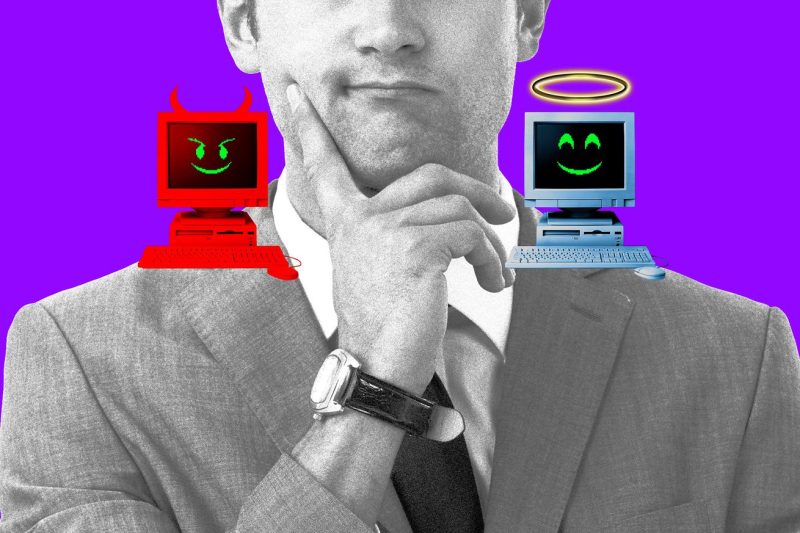Artists and creators around the world are facing a rapidly changing landscape in their industries as advancements in artificial intelligence (AI) technology continue to reshape the way we approach creativity. According to Adobe executives, individuals in the artistic fields must adapt and embrace AI tools to stay relevant and competitive, or risk being left behind.
One of the key arguments made by Adobe executives is the transformative power that AI brings to the creative process. By harnessing AI capabilities, artists can automate repetitive tasks, streamline workflows, and access valuable insights and suggestions that can enhance their work. This allows creators to focus more on the conceptual and innovative aspects of their projects, rather than getting bogged down by mundane and time-consuming tasks.
Furthermore, AI tools can provide artists with a new level of creative freedom and experimentation. The ability to generate new ideas, explore different styles, or even predict future trends based on data analysis can open up a world of possibilities for artists looking to push the boundaries of their craft. AI can serve as a valuable collaborator, offering fresh perspectives and inspiration that artists may not have considered otherwise.
Moreover, the integration of AI technology into creative software platforms, such as Adobe’s suite of products, has democratized access to advanced tools and resources. Artists, regardless of their skill level or technical proficiency, can now leverage AI-driven features to improve their work and elevate their creative output. This inclusivity is essential in fostering a diverse and dynamic creative community that thrives on innovation and collaboration.
However, while the benefits of incorporating AI into the creative process are clear, some artists may be hesitant to fully embrace this technology due to concerns about job security or the loss of artistic control. It is crucial for artists to see AI as a tool that complements their skills and enhances their creative vision, rather than a replacement for human creativity. By understanding how AI can augment their work and adapt to new ways of creating, artists can position themselves for success in an ever-evolving digital landscape.
In conclusion, the message from Adobe executives is clear: artists need to embrace AI as a powerful ally in their creative journey, or risk falling behind in a rapidly changing industry. By integrating AI tools into their workflow, artists can unlock new possibilities, improve efficiency, and stay ahead of the curve in an increasingly competitive market. Embracing AI is not about sacrificing artistic integrity, but rather harnessing technology to enhance creativity and unlock new levels of innovation. It’s time for artists to embrace the future and unleash the full potential of AI in their artistic pursuits.
